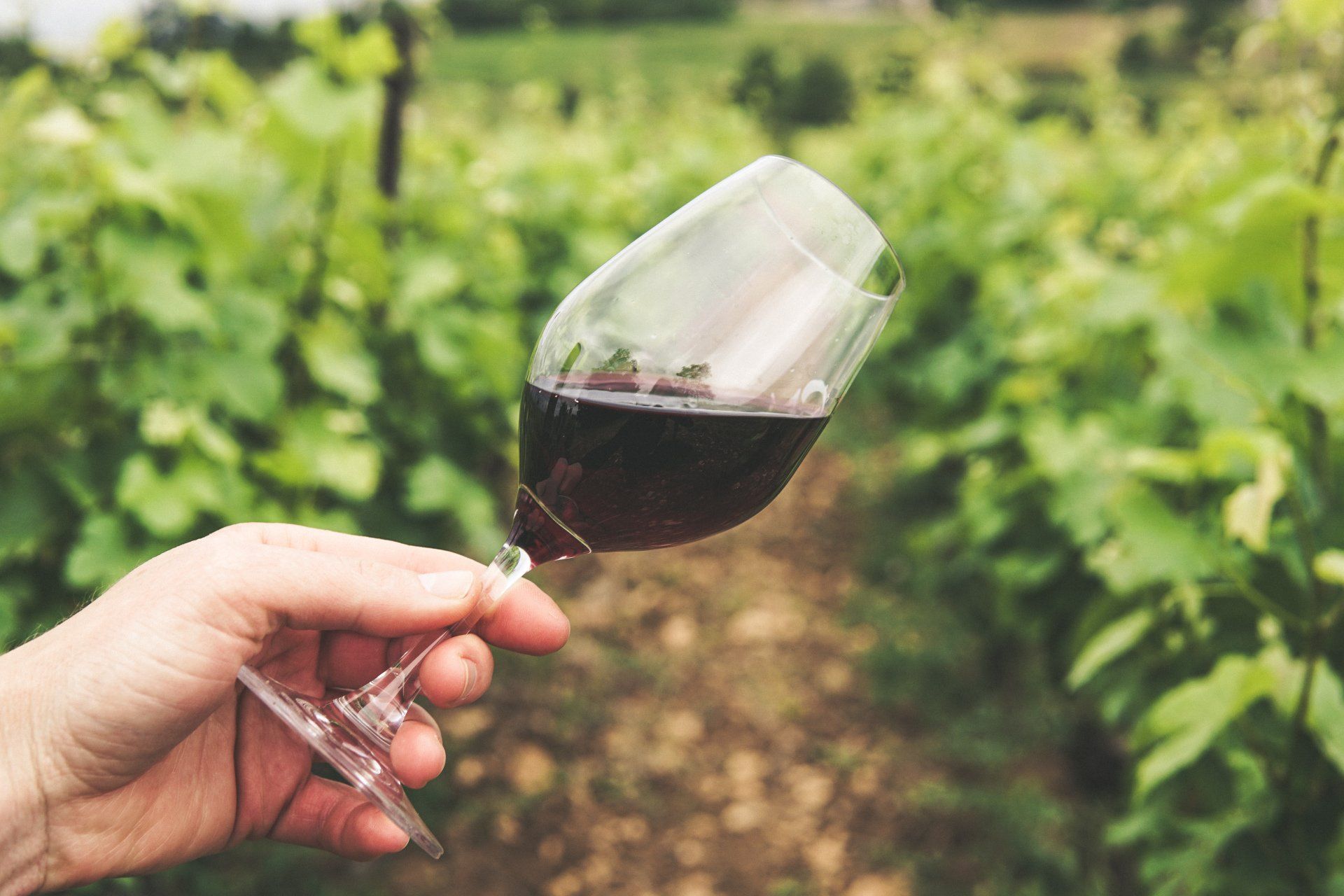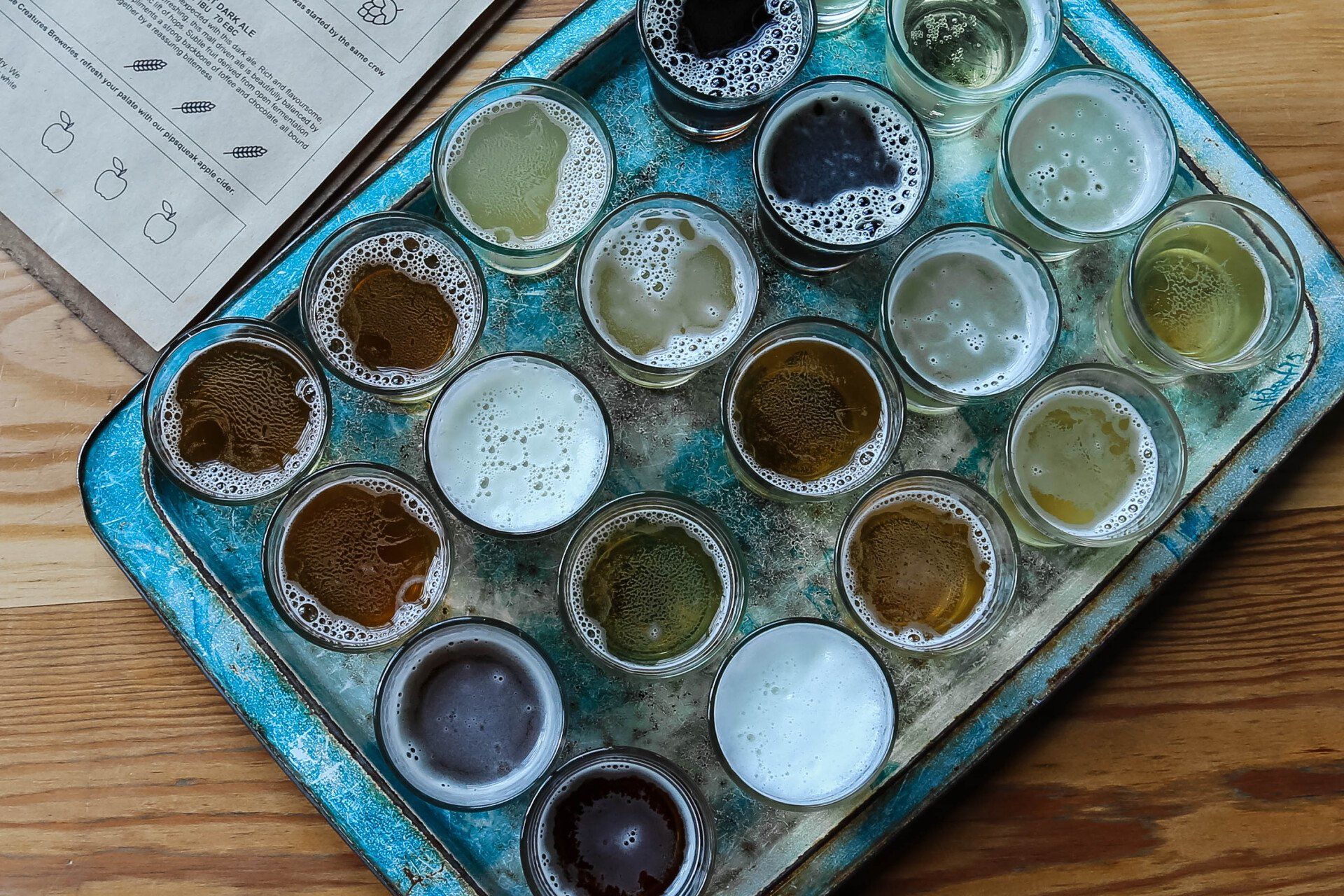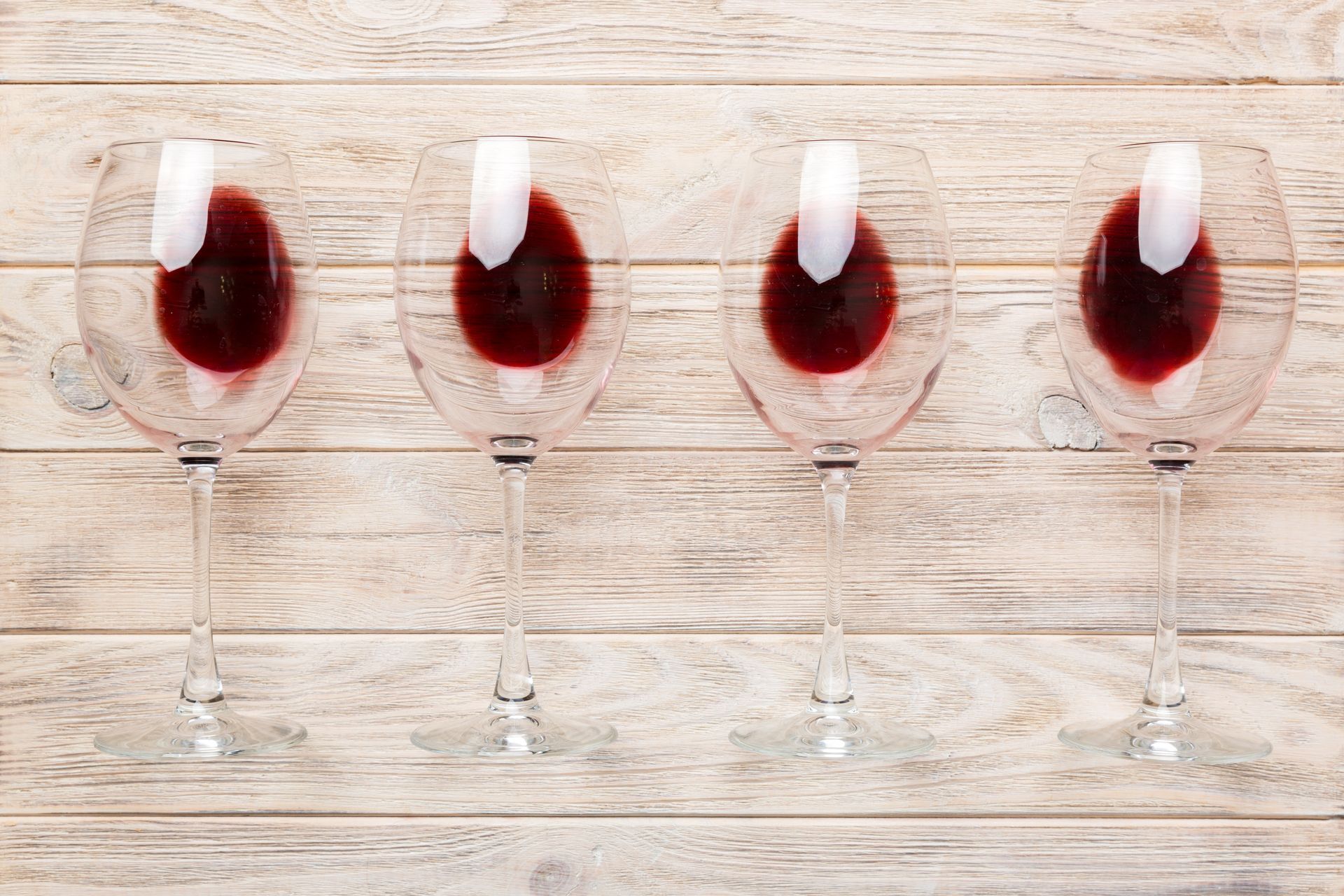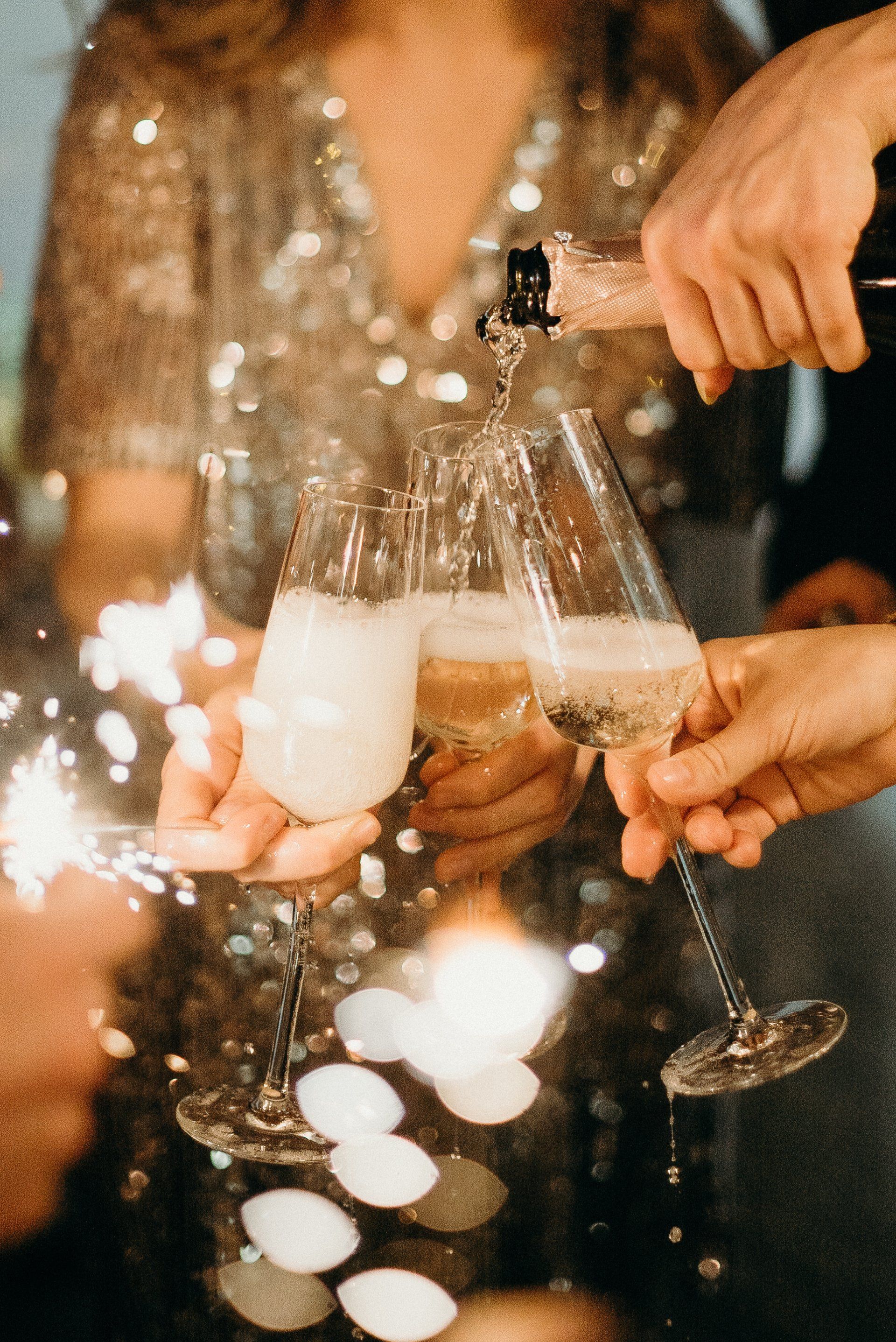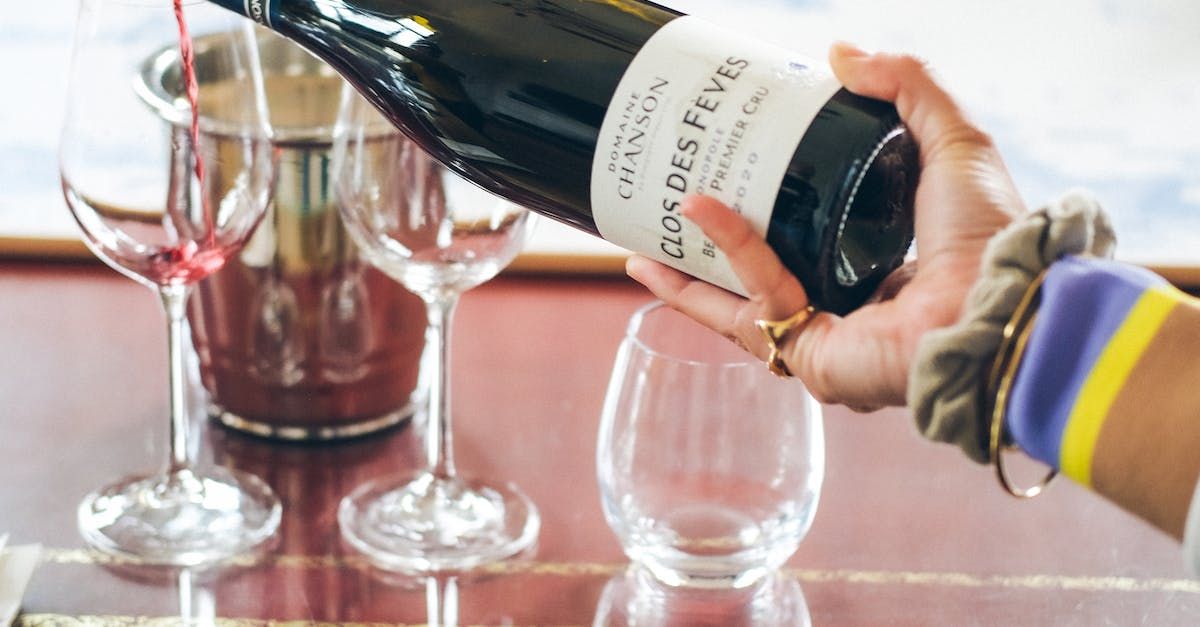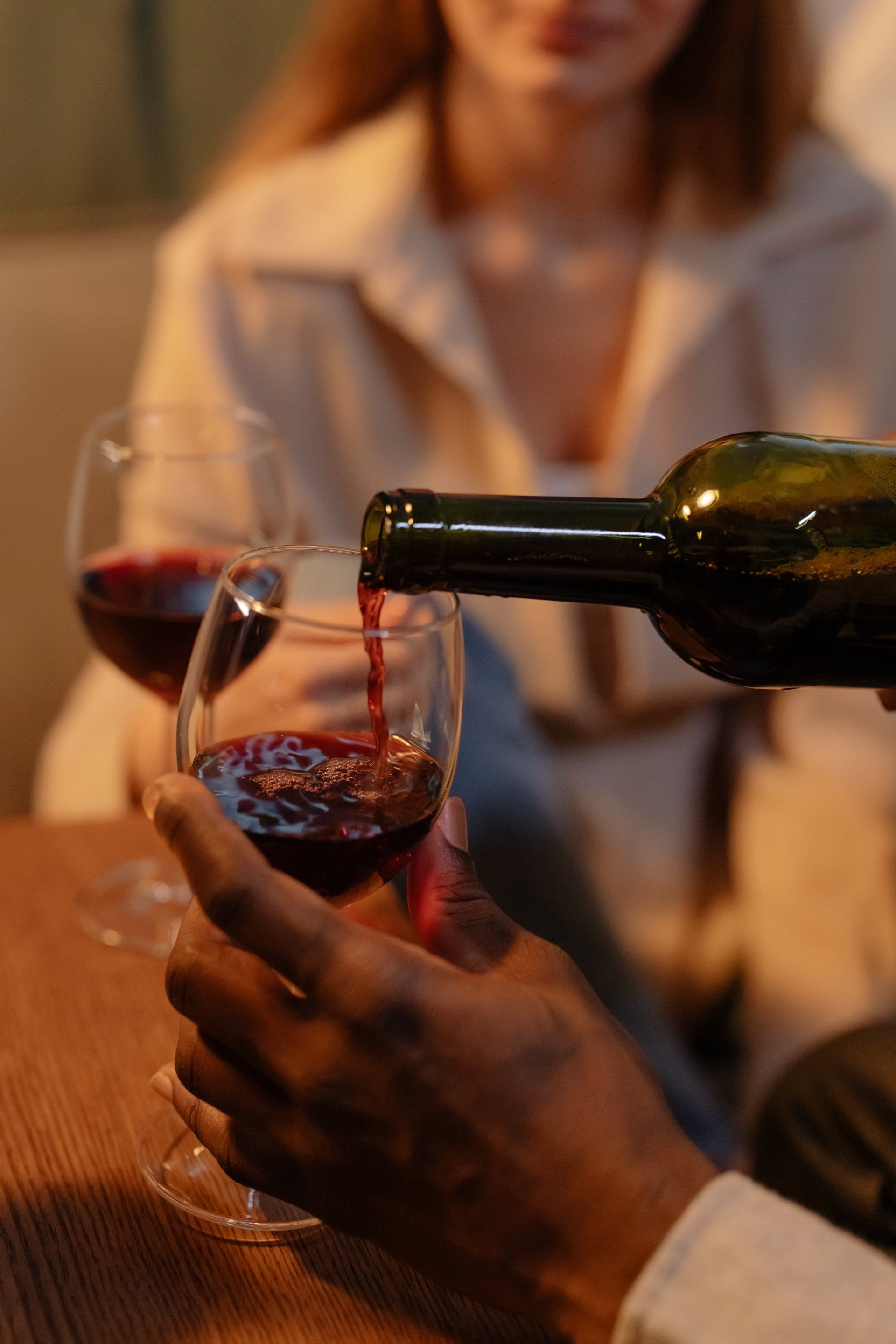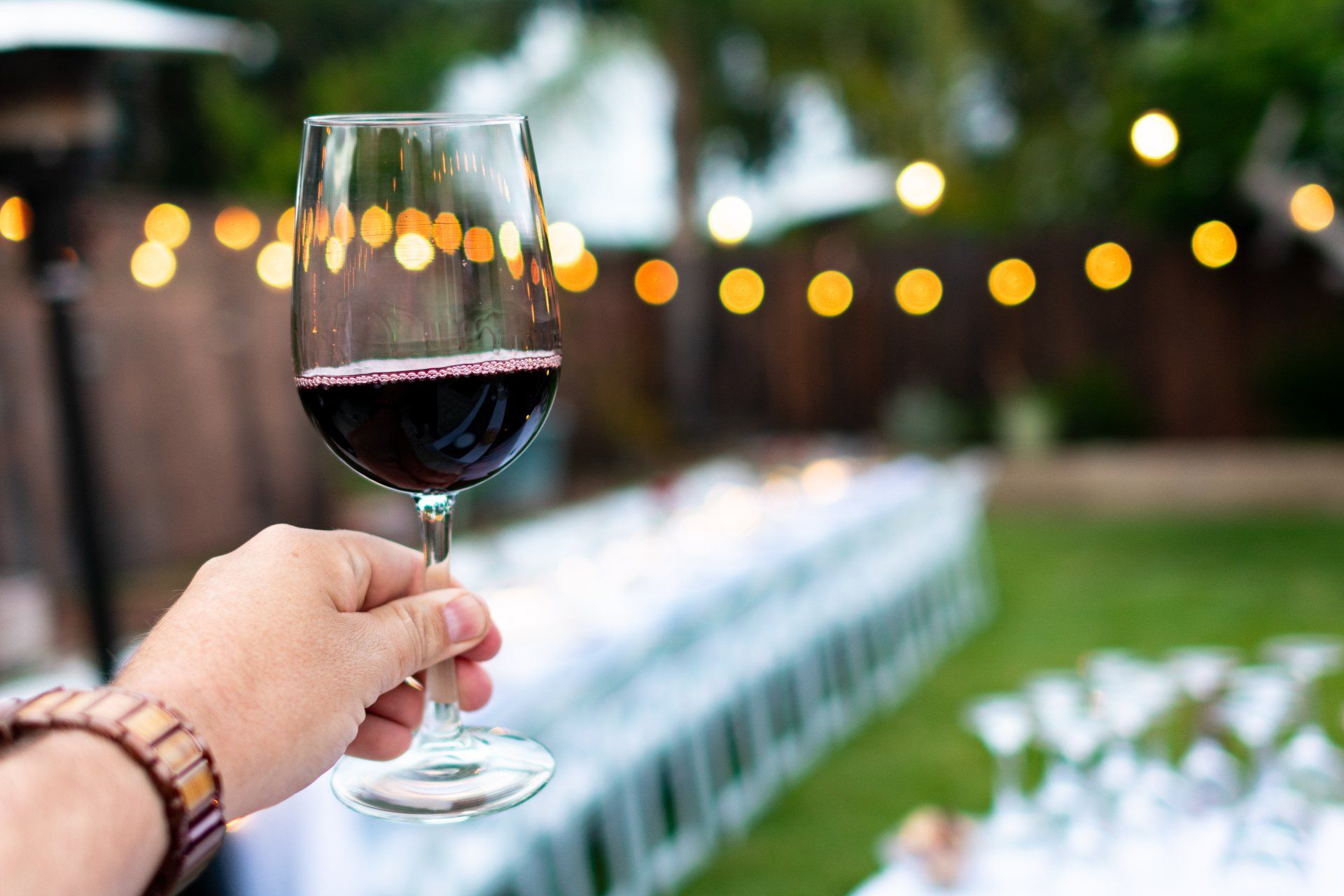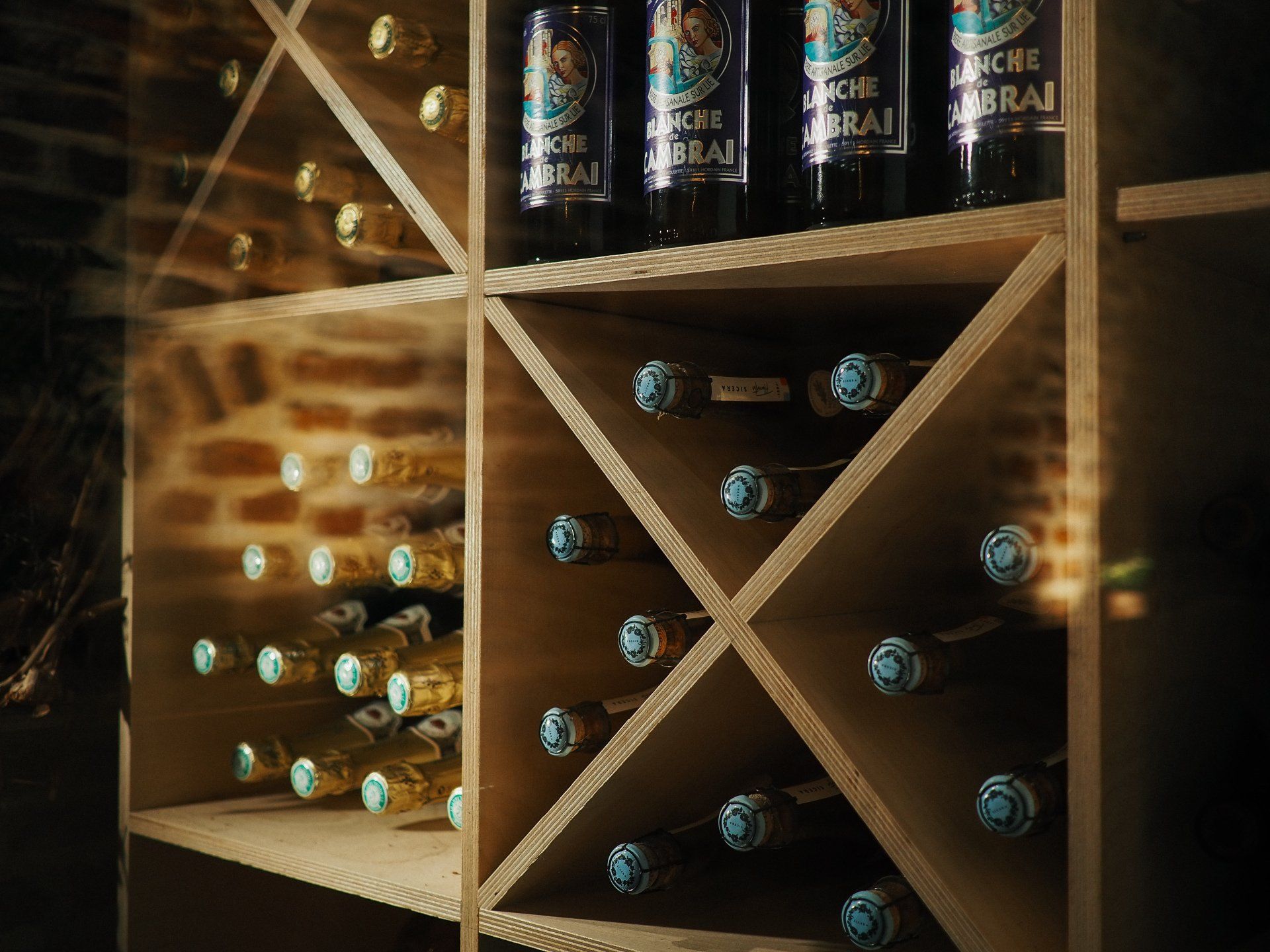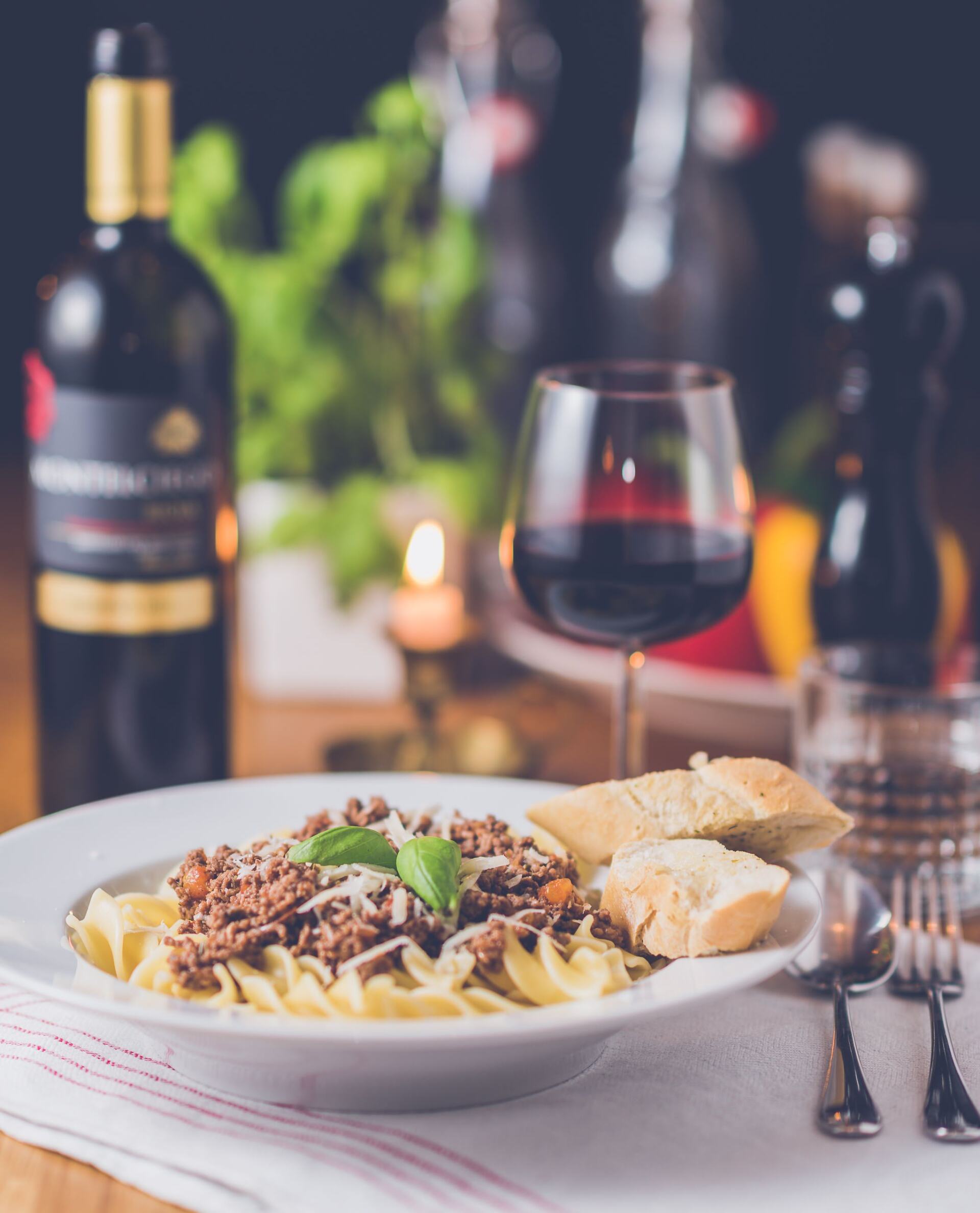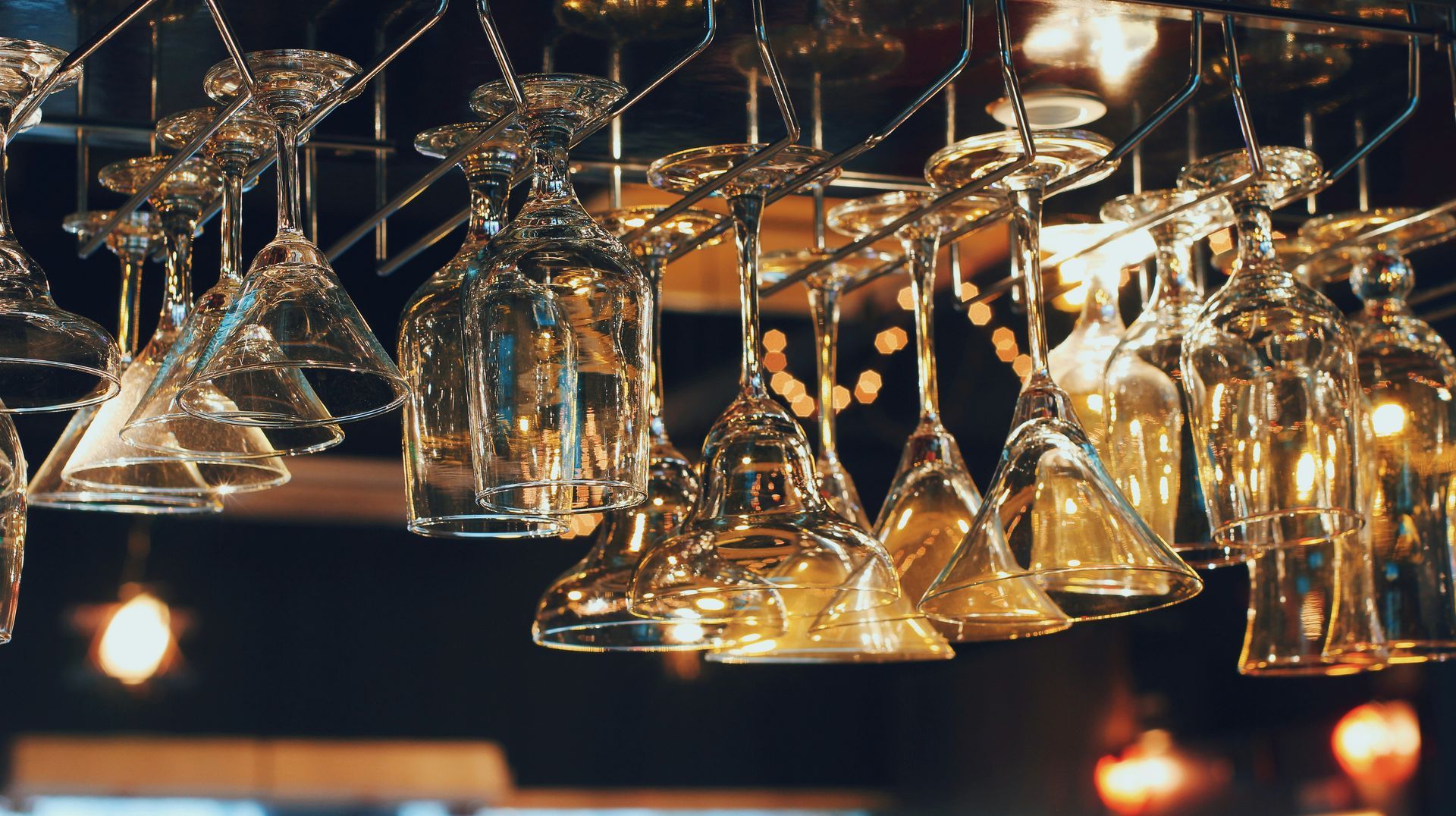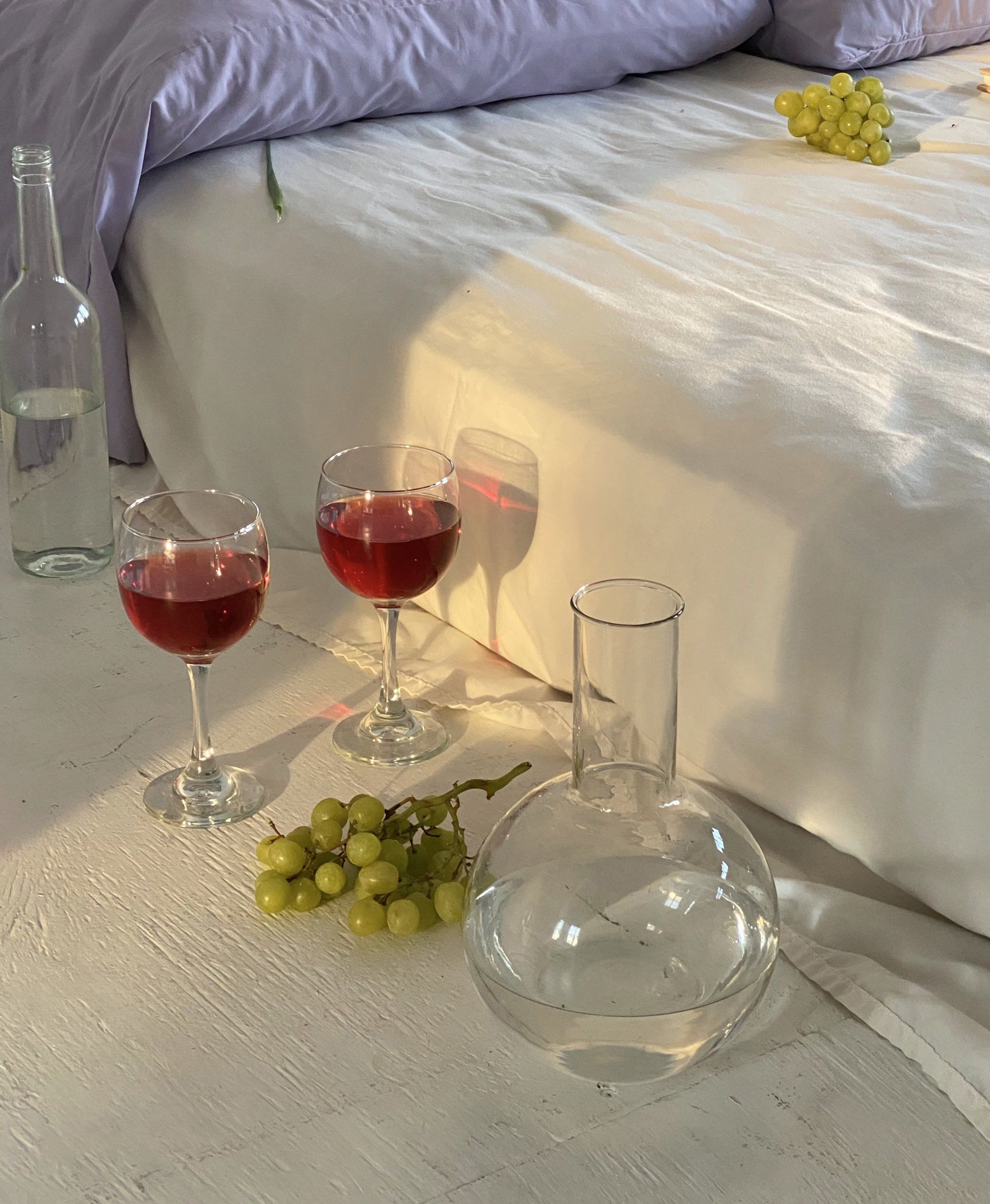When attending a wine tasting, it is important to dress appropriately to create a comfortable and respectful atmosphere. Dressing appropriately for a wine tasting demonstrates your understanding of the event's etiquette and your respect for the hosts and fellow attendees. While there is no strict dress code for wine tastings, it is always better to err on the side of caution and opt for a more formal attire.

Planning a Group Wine Tour? - Explore in Comfort with Our Spacious 26-30 Person Vehicles!
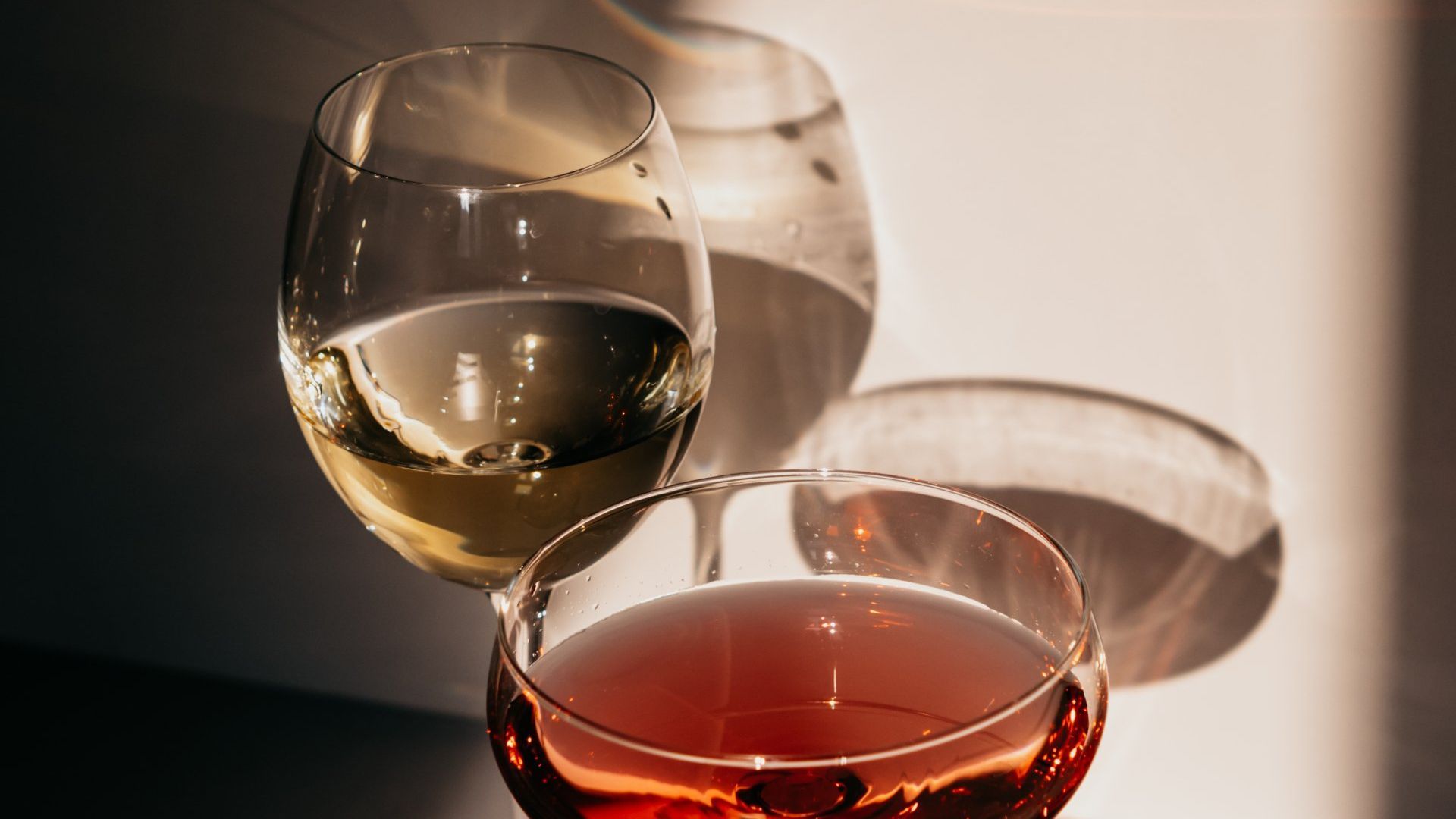
Decoding the Flavors of Wine

Key Takeaways
- Visual examination and aroma are important steps in identifying flavor profiles of wine.
- Different grape varieties have distinct aromatics and fruit flavors.
- Tasting terminology can help describe different flavor profiles, such as fruity, earthy, floral, spicy, and herbal.
- The complexity of wine tastes is influenced by grape variety, terroir, and winemaking techniques.
As you sip on a glass of wine, you may find yourself captivated by the delicate dance of flavors that unfold on your palate. The juxtaposition of sweetness and acidity, the interplay of fruit and earthiness, create a symphony of tastes that is both intriguing and elusive. But fear not, for the key to deciphering the secrets of wine flavors lies within your grasp. In the following discussion, we will explore the essence of wine, unraveling its complex flavors, and guiding you on a journey of discovery. Prepare your taste buds, for the world of wine awaits, ready to be decoded and savored.
Identifying Flavor Profiles
To truly appreciate the nuances of wine, it is essential to develop the skill of identifying and describing the unique flavor profiles that each bottle holds. Wine flavor profiles encompass the various tastes and aromas that can be detected when savoring a glass of wine. These profiles are shaped by a combination of factors, including the grape variety, the region in which it was grown, the climate, and the winemaking techniques used.
When identifying wine flavor profiles, it is important to engage your senses and pay attention to the different elements present. Start by visually examining the wine, noting its color and clarity. Swirl the wine gently in your glass to release its aromas. Take a moment to inhale deeply, capturing the scents that waft up to your nose. Is it fruity? Floral? Earthy? Next, take a sip and let the wine coat your palate. Pay attention to the flavors that unfold on your tongue. Is it crisp and citrusy? Velvety and rich? Does it have hints of vanilla or spice?
Describing wine flavor profiles requires a rich vocabulary and an understanding of the different taste sensations. Use descriptors such as "bright," "lively," "smooth," or "bold" to capture the overall character of the wine. Then, delve deeper into the specific flavors that you can detect. Is it dominated by notes of blackberry and cassis? Does it have a touch of oak or a lingering finish of dark chocolate?
Developing the skill of identifying and describing wine flavor profiles takes time and practice. The more you explore different wines and pay attention to their unique characteristics, the better equipped you will be to share your knowledge and serve others. So, raise a glass and embark on a journey of discovery, as you unravel the complexities and delights of wine flavor profiles.
Dressing Appropriately for Wine Tasting
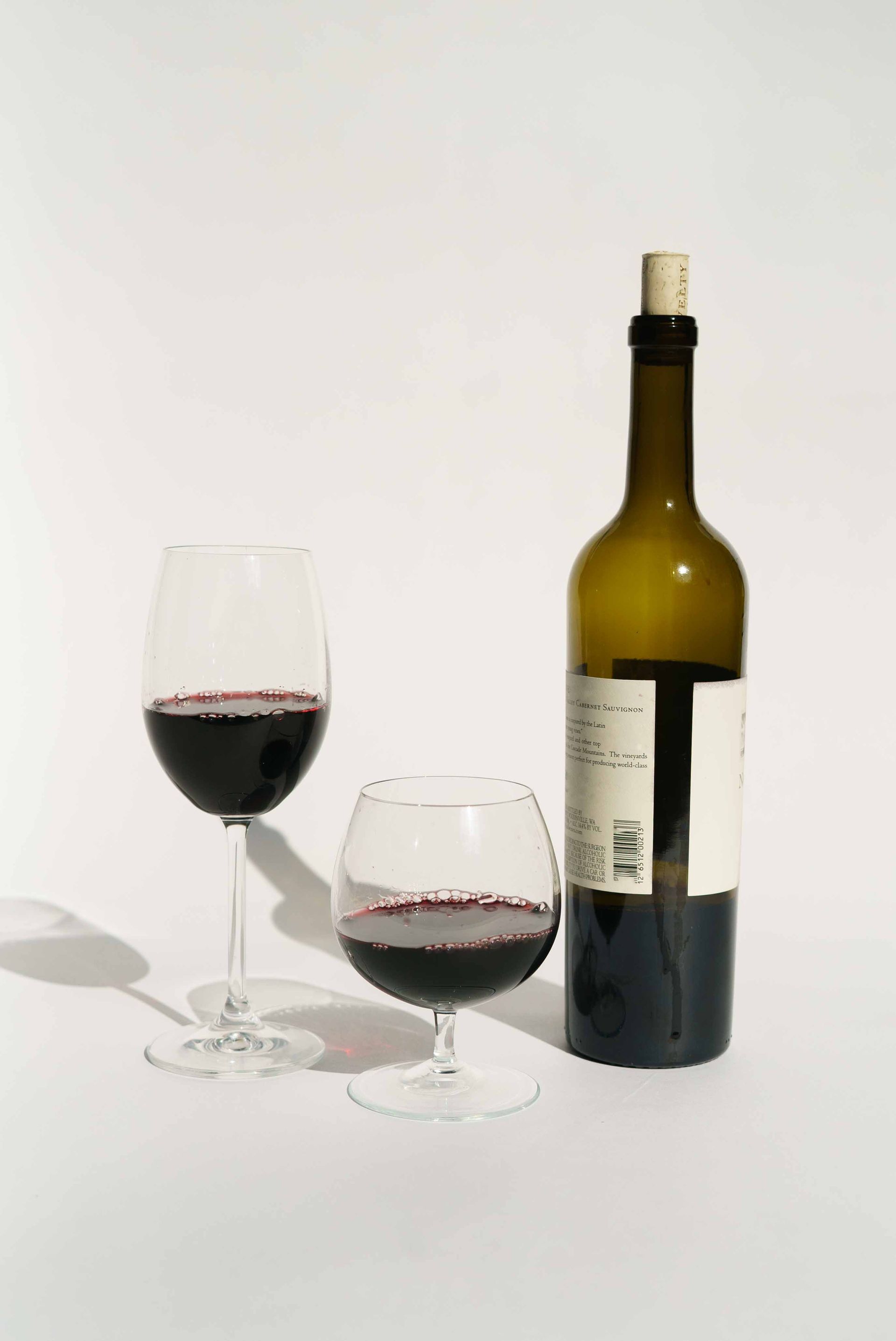
Proper Glassware and Wine Pouring Techniques

Now that you have dressed appropriately for the wine tasting, let's explore the importance of using proper glassware and mastering wine pouring techniques. Paying attention to these details will not only enhance the experience for your guests but also showcase your knowledge and dedication to serving them.
Using the right glassware can significantly impact the way a wine tastes and smells. Opt for clear, stemware glasses that allow you to appreciate the wine's color and clarity. The tulip-shaped bowl is ideal as it helps concentrate the aromas towards the nose, enhancing the wine's bouquet. Additionally, holding the glass by the stem prevents the warmth of your hand from affecting the wine's temperature.
When it comes to pouring wine, precision is key. Begin by holding the bottle at the base, ensuring the label is facing your guests. Gently tilt the glass at a slight angle and pour slowly, allowing the wine to cascade down the side of the glass. Fill the glass up to one-third or halfway, leaving enough room for swirling and aeration.
Remember to pour in moderation, as it is better to offer smaller pours to allow your guests to appreciate each wine without overwhelming their senses. By employing these proper glassware and wine pouring techniques, you will elevate the wine tasting experience and demonstrate your commitment to offering impeccable service.
Navigating Wine Tasting Terminology
Understanding the intricacies of wine tasting terminology is essential for fully appreciating and discussing the nuances of different wines. As you embark on your journey of becoming a connoisseur, familiarize yourself with the following key terms:
| Wine Tasting Terminoogy | What is it? |
|---|---|
| Tannins | These are compounds found in grape skins, seeds, and stems that contribute to the structure and mouthfeel of a wine. They can be described as astringent, velvety, or grippy, depending on their intensity. |
| Balance | A wine has balance when its elements are harmonious and no single element dominates. BITE: A marked degree of acidity or tannin. |
| Acidity | The level of acidity in a wine affects its freshness and liveliness. It can be described as crisp, zesty, or bright, and is often compared to the tartness of citrus fruits. |
| Body | This refers to the weight and texture of a wine in your mouth. Wines can be light-bodied, medium-bodied, or full-bodied, which affects their overall intensity and richness. |
| Finish | The finish is the lingering taste and sensation that remains in your mouth after swallowing the wine. It can be described as short, medium, or long, and is an indicator of quality. |
| Aromas | The aromas in a wine are the various scents that you can detect when you smell it. These can range from fruity and floral to earthy, spicy, or oaky. |
| Legs or Stems | Wine legs, also sometimes called 'wine tears' and 'cathedral arches' are droplets that form on the inside of a glass after you've swirled and liquid resettles to the bottom. |
| Dry | The opposite of sweet. (Also called "brut" in French.) If you're looking for sweet wine, avoid dry wine. |
Tips for Tipping and Showing Appreciation

As you become more knowledgeable about wine tasting terminology, it is important to also understand the etiquette surrounding tipping and showing appreciation during your wine tasting experience. Tipping is a customary way to express gratitude for exceptional service and should be done in cash. It is customary to tip your wine server 15-20% of the total bill, just as you would at a restaurant. However, it is important to note that some wineries may have a no-tipping policy, so it is always a good idea to inquire beforehand.
In addition to tipping, there are other ways to show appreciation during a wine tasting. One way is to express your gratitude verbally by thanking your server for their knowledge and assistance. This not only shows your appreciation but also allows the server to know that they have done a good job. Another way to show appreciation is to purchase a bottle of wine from the winery. This not only supports the winery but also serves as a lasting reminder of your wonderful experience. Lastly, be sure to write a positive review or recommend the winery to others. This not only helps the winery gain exposure but also shows your appreciation for their exceptional service. By following these tips, you can ensure that your wine tasting experience is not only enjoyable but also respectful of the hard work and dedication of the staff.
Frequently Asked Questions
-
Can I Bring My Own Wine to a Wine Tasting Event?
Yes, you can bring your own wine to a wine tasting event. However, it is important to check with the event organizer beforehand to ensure that it aligns with the specific rules and guidelines in place.
-
Is It Appropriate to Ask the Host for a Tour of the Winery During a Wine Tasting Event?
Asking the host for a winery tour during a wine tasting event is considered appropriate. It demonstrates your genuine interest in the process and allows you to further appreciate the craftsmanship behind the wines being served.
-
How Many Different Wines Should I Taste During a Wine Tasting Event?
During a wine tasting event, it is recommended to taste a variety of wines to fully appreciate the nuances of each. Aim to taste at least five different wines to explore different flavors and styles.
-
Should I Eat Anything Before Attending a Wine Tasting Event?
Before attending a wine-tasting event, it is advisable to eat something. This will help cleanse your palate and ensure you can fully appreciate the flavors and nuances of the wines you will be tasting.
-
Is It Acceptable to Spit Out Wine During a Wine Tasting?
Yes, it is entirely acceptable to spit out wine during a wine tasting. This allows you to fully appreciate and evaluate the flavors without becoming intoxicated. It is a common practice among experienced tasters.
The Wine and Wander Tours Team
Our team of writers at Wine & Wander Tours is deeply immersed in the vibrant wine culture of North Georgia. With a passion for storytelling and a keen eye for detail, we bring to life the exquisite experiences of wine touring in this picturesque region.
Our narratives not only guide you through the scenic vineyards and exquisite wineries but also share the rich history, unique winemaking processes, and personal stories behind each glass. Join us in exploring the hidden gems and unforgettable adventures that North Georgia's wine country has to offer.
Wine and Wander LLC
Phone: (404) 491-0782
Email: wineandwandertours@gmail.com
Main office: 815 Glen Abbey Dr, Sugar Hill, GA 30518
- Mon - Sun
- -
Locations we travel to:
- Rabun Gap - Helen - Sautee Nacoochee - Cleveland
- Young Harris - Hiawassee - Dahlonega -Ellijay -Tiger
- Braselton -Canton -Atlanta
Some of our favorite Vineyards
Tiger Mountain Vineyards
Montaluce Winery and Restaurant
Yonah Mountain Vineyards & Winery
Wolf Mountain Vineyards and Winery
Cavendar Creek Vineyards
Kaya Vineyard and Winery
Accent Cellars
Taste Georgia Farm Wines
Frogtown Cellars
Our Featured Tours

Website Design and Powered by
Transitional Web Design LLC.
Website Designed and Powered by Transitional Web Design LLC.
